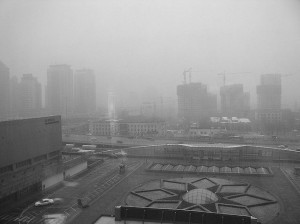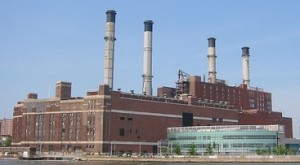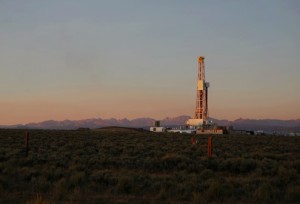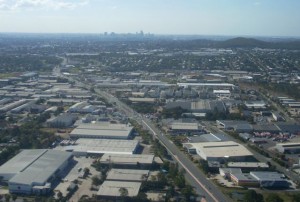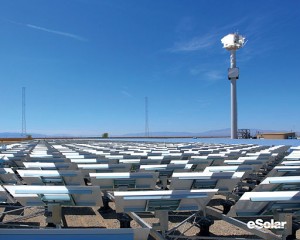
In this type of solar "farm," mirrors focus the sun on the tower to boil water. Lots of sun in the desert, but water? Photo by Bardot/Wikimedia
The relentless industrialization of renewable energy continues, now with the support of government at all levels. The case for solar “farms” and wind “farms” (note how the word “farm” summons bucolic images that have nothing to do with these immense factories), dripping with greenwash, obscures the fact that industrial renewables are no alternative for a petrochemical-addicted society, simply another industrial dead end. As an example, consider the solar “farm.” Continue reading

